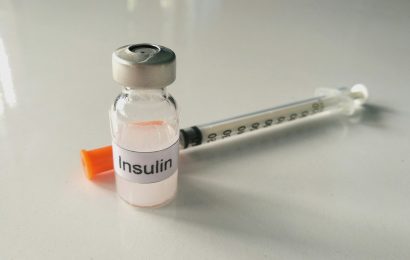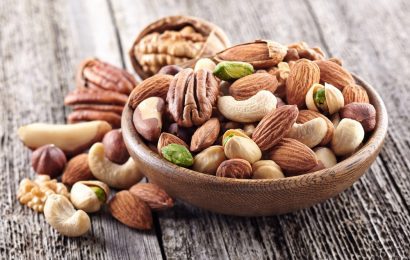Updated February 5, 2016
Most diabetes food plans sound healthy. Eat vegetables, fruits, unsaturated fats, whole grains, nuts, fish, things like that. But is that advice realistic? Many people can’t afford, can’t find, or don’t like most of these foods. Then what?
I’m thinking about this because I’m writing a chapter on diabetes for a book called Where There Is No Doctor. It’s for lay health workers in poor countries. Diabetes is swamping their world, partly because of sugary foods coming in from the outside.
Even though new foods aren’t the whole story, we do need to address what people should be eating. The mainstream food advice given in rich countries may not apply there. (We’ll leave aside the question of how good that advice is.)
For example, in Southeast Asia, vegetables are easy to get. You can just pick them. But in drier places like most of Africa and Haiti, vegetables (except for some roots) are impossible to find.
Most people agree fish and nuts are good for people with diabetes, but they are often far too expensive for most readers of Where There Is No Doctor.
While thinking about this, I wondered how realistic this advice is for most of our readers here. Are you able to afford the recommended foods? Can you easily find them, prepare them, and enjoy them? What strategies for picking foods might work better for you?
Take fruit, for example. “Eat fruit” is great advice for well-off people in California, where I live. We can choose year-round from berries and melons and all kinds of fruits without too high a glycemic load. But berries and melons can be too expensive for many Californians.
For some people in other places, “fruit” means apples and oranges, if that. That’s all there is, or all they can afford. And apples can really rocket your blood glucose if you eat too much of them.
In some places, the only vegetables are frozen or canned, much of the year. There’s nothing wrong with those, but they might not be attractive or tasty to your family. What do you do?
Money is a big part of food choices, but dietitians and patients often don’t discuss it. The best food choice if you have $2 for today, and maybe nothing for tomorrow, is different from the best choice if you have twenty food dollars every day of your life. If you’re short of food and down to $2 in cash, spending your money on an organic apple would make no sense at all.
I wonder how practical barriers like money, preparation time, and food preferences affect your diabetes eating plan. If you can’t get or don’t want the variety of foods experts recommend, is there a diabetes-healthy way to eat more simply and cheaply?
The U.S. government has some advice for Americans at its site called ChooseMyPlate.gov. They start with planning: make a budget, find recipes, make a shopping list, clip coupons, etc. They go on to more specific advice, but still leave many questions unanswered.
Nurse Practitioner Anita H. King answers some of these questions in this article. But for Where There Is No Doctor, we need more. It’s not like there are supermarkets full of good food everywhere.
Do you have suggestions? Any ideas might help. Advice from readers in other countries will be extra-appreciated.




